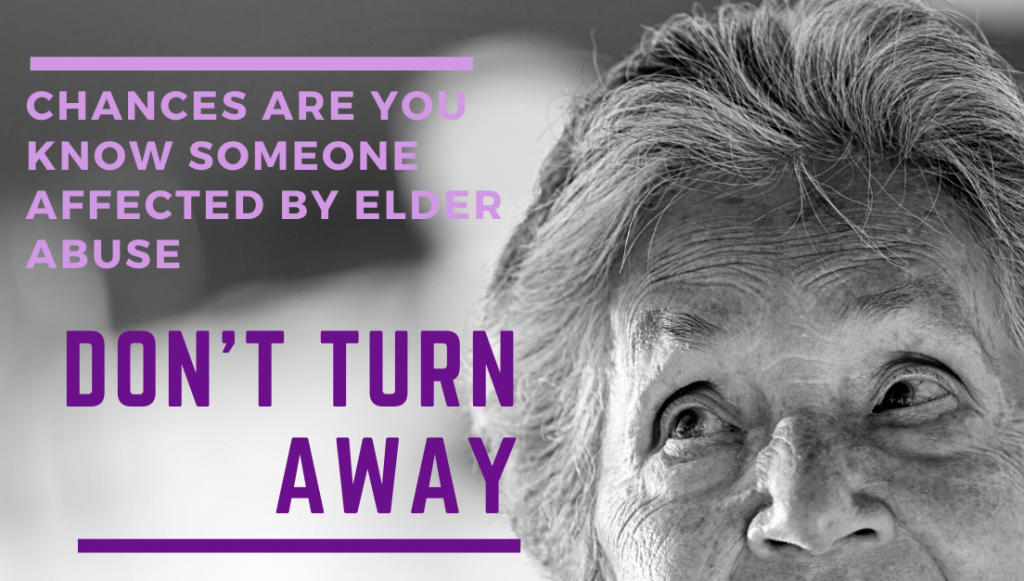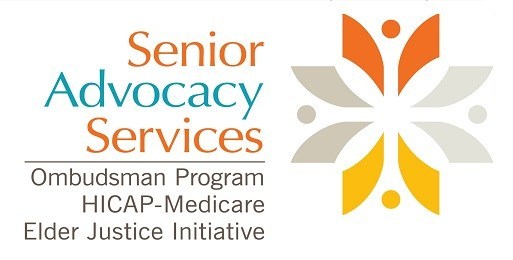
Criminal elder abuse occurs where any person who knows that a person is an elder and willfully causes or permits any elder to suffer, or inflicts unjustifiable physical pain or mental suffering on the elder. It also covers situations where a person willfully causes or permits the elder to be placed in a situation in which elder’s health is endangered. (Penal Code Section 368)
Civil law defines civil elder abuse to mean physical abuse, neglect, financial abuse, abandonment, isolation, abduction, or other treatment resulting in physical harm or pain or mental suffering. It also means the deprivation by a care custodian of goods or services that are necessary to avoid physical harm or mental suffering. (Welfare & Institutions Code Section 15610.07)
Forms of Abuse
- Physical Abuse: The infliction of physical pain or injury, sexual assault or molestation, or use of physical or chemical restraints for punishment without, or beyond, the scope of a doctor’s order.
- Neglect: The failure to fulfill a caretaking obligation such as assisting in personal hygiene, providing food, clothing or shelter, protecting a person from health and safety hazards, or preventing malnutrition.
- Financial Abuse: The illegal or unethical exploitation and/or use of an elder’s funds, property, or other assets.
- Abandonment: The desertion of an elder by someone who is a caregiver.
- Abduction: The removal, without the consent of the conservator, of a conservatee to another state.
- Isolation: The intentional preventing of an elder from receiving mail, telephone calls or visitors.
- Mental Suffering: The infliction of fear, agitation, confusion through threats, harassment or other forms of intimidating behavior.
Recognizing Abuse
Physical
Behavioural
Relationship
- Unexplained weight loss, malnutrition and/or dehydration.
- Physical injury: Areas painful on touching, fractures or broken bones.
- Bruises and Skin Damage:
- Bruises on the inner arm or thigh;
- Bruises with shape similar to an object or thumb/finger prints (oval markings from fingers);
- The presence of old and new bruises in the same place as from repeated injury or injuries in different stages of healing;
- Clustered marks as from repeated striking; bilaterally on soft parts of body, not over bony parts (knee & elbows)
- Scratches, cuts, pinch marks, choke marks, burns, welts, gag marks, sprains, punctures, bedsores, or fractures.
- Agitation
- Anger
- Defensiveness
- Denial
- Non-responsiveness
- Hesitation to talk openly
- Anxiety
- Implausible stories
- Confusion or disorientation
- Fear
- Withdrawal
- Depression
- Helplessness
- The elder may not be given the opportunity to speak for him/herself
- Obvious absence of assistance, attitudes of indifference, or anger toward the elder by family member or caregiver
- Social isolation or restriction of activity of the elder
- Conflicting accounts of incidents by the family or caregivers
- Substance abuse by individual responsible for the care of the elder
